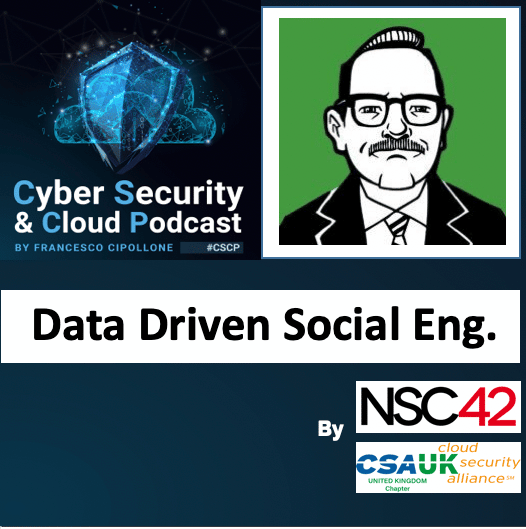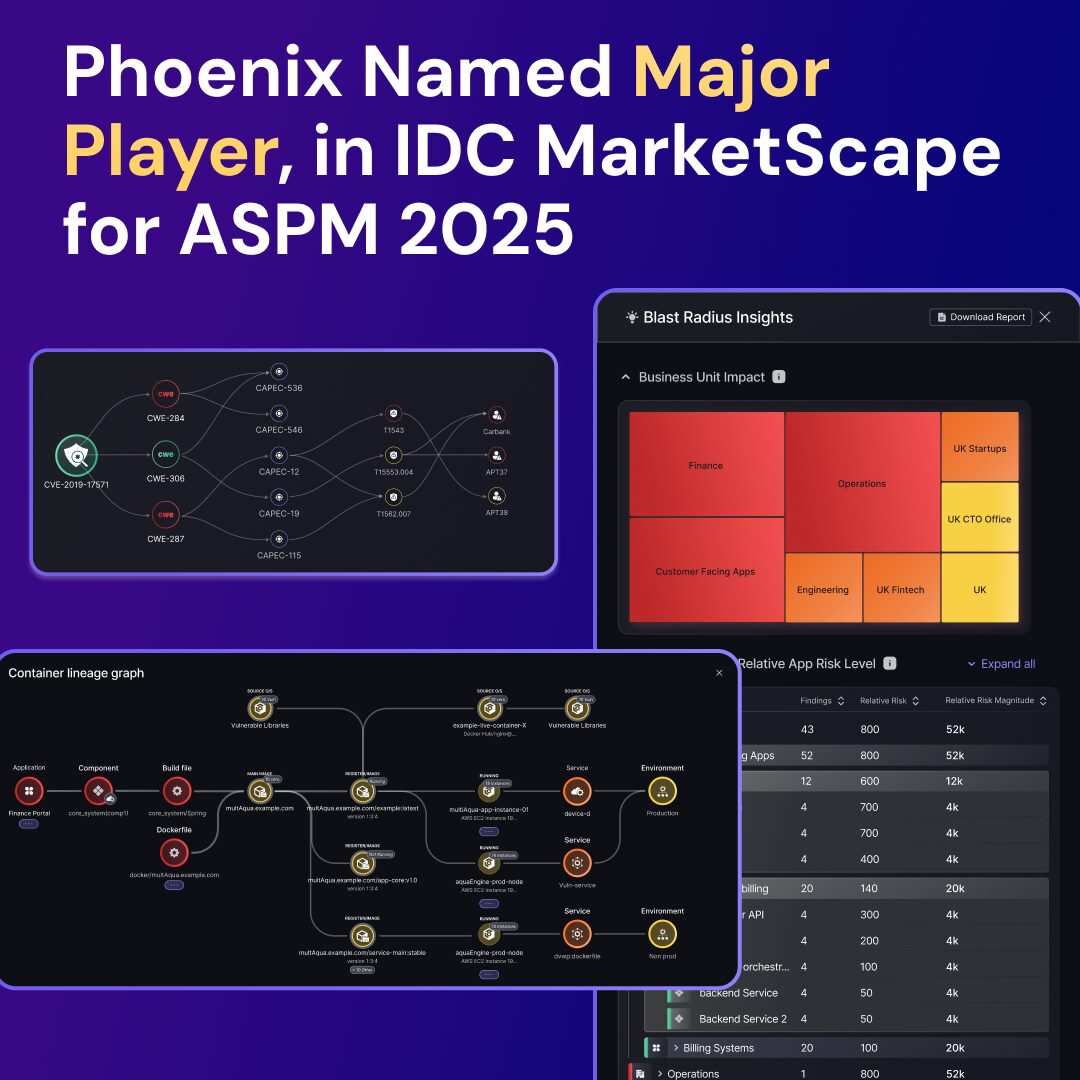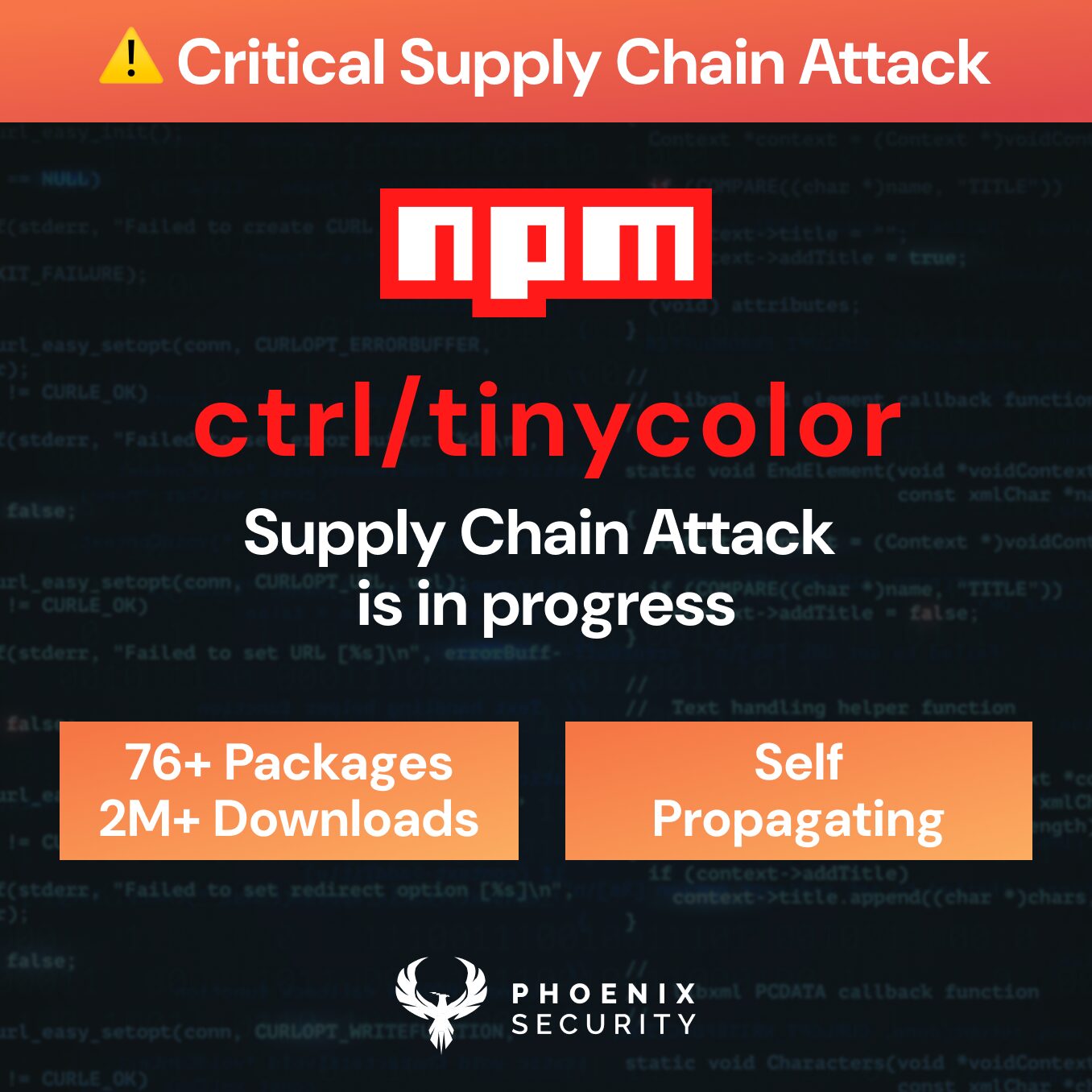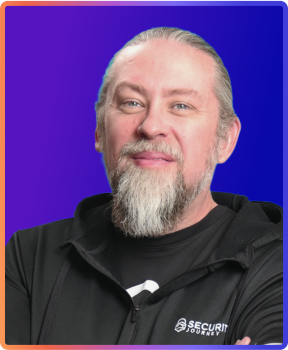Episode
In this episode, we talk with Joe Gray, a resident expert of OSINT and a returning guest on the podcast. Joe has a lot of interests, and we explore some of them in this podcast. We started the conversation on how to get a master at Harvard university, then we moved on Machine learning, Social engineering and how to get a car for cheap
The podcast is brought you by the generosity of NSC42 Ltd, your cybersecurity partner. Cybersecurity is a complex and different for every organization, and you need the best-tailored service to make sure your customer’s data is safe and sound so that you can focus on what’s important, focusing on your clients and bringing the best and safest experience.
NSC42 Ltd can help you during your cloud transformation, cybersecurity assessment for your compliance checklist on-premises and on the cloud. Want to know more? Visit www.nsc42.co.uk to get your free quote.
BIO:
Joe Gray joined the U.S. Navy directly out of High School and served for 7 years as a Submarine Navigation Electronics Technician. Joe is currently a Senior OSINT Specialist at Qomplx, Inc. and previously maintained his own blog and podcast called Advanced Persistent Security. Joe is the inaugural winner of the DerbyCon Social Engineering Capture the Flag (SECTF) and was awarded a DerbyCon Black Badge. As a member of the Password Inspection Agency, Joe has placed 2nd in the HackFest Quebec Missing Persons CTF, 5th in the Global Missing Persons CTF IV, both powered by TraceLabs, 2nd in the BSides Atlanta OSINT CTF, and 3rd Place in the 2018 & 2019 NOLACon OSINT CTFs. Joe has independently placed 2nd in the HackFest Quebec SECTF, 4th Place in the DerbyCon OSINT CTF, and 2nd Place in Hacker Jeopardy at Hack in Paris. Joe has contributed material for the likes of TripWire, AlienVault, ITSP Magazine, CSO Online, Forbes, and Dark Reading as well as his own platforms. Joe is the author of a few OSINT tools, such as WikiLeaker and the forthcoming tools DECEPTICON and INTERCEPTICON.
Get his books on Amazon https://www.amazon.com/Joe-Gray/e/B0872CK3S3?ref_=dbs_p_pbk_r00_abau_000000
Francesco is an Executive, Public Speaker, out of the box thinker. Francesco is the Executive director of NSC42 Ltd a UK based cybersecurity consultancy. As an executive, he loves to stay close to the technology but to keep it simple. Francesco is data and result-driven Cyber Security Executive/vCISO highly regarded for planning and executing strategic infosec improvement programs that protect data and technical assets, reduce security risks, and align with long-term organisational goals. Francesco held a number of strategic position ranging from Head of Application Security to Head of Security Architecture. Extensive experience with implementing security across multi-cloud providers (Amazon AWS, Microsoft Azure, Google Cloud). Francesco defines himself as driven to elevate the cybersecurity world one organization at a time, embracing an innovative approach to application security to protect the engineering environment. Recognized as a motivational, influential leader who guides high-performing teams to deliver projects on time and exceeding quality expectations, while instilling a culture of best practices and collaboration. Builds lasting relationships with board members and C-level executives. Delivers education and training to members at all levels of an organisation, building awareness for security initiatives while fostering a common security purpose. Internationally renowned public speaker, with multiple interviews in high-profile publications (eg. Forbes), and an author of numerous books and articles, who utilises his platform to evangelise the importance of cloud security and cutting-edge technologies on a global scale.
Social Media Links
Follow us on social media to get the latest episodes:
Website: www.cybersecuritycloudpodcast.com
You can listen this podcast on your favourite player:
Itunes: https://podcasts.apple.com/gb/podcast/the-cyber-security-cloud-podcast-cscp/id1516316463
Spotify: https://open.spotify.com/show/3fg8AqP4vEi5Im8YKxazUQ
Linkedin: https://www.linkedin.com/company/35703565/admin/
Twitter: https://twitter.com/podcast_cyber
Youtube https://www.youtube.com/channel/UCVgsq-vMzq4sxObVonDsIAg/


















